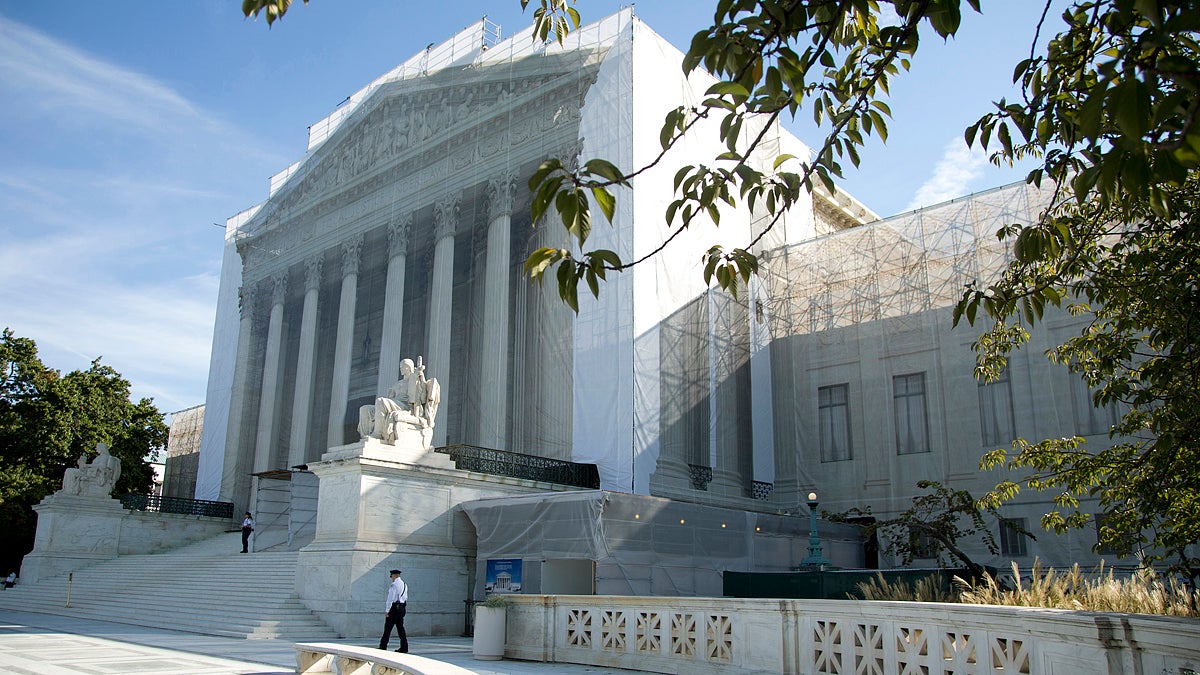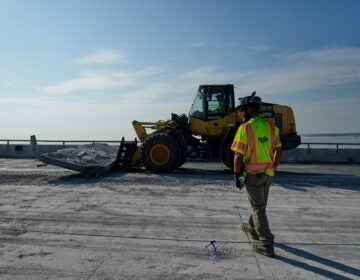The case for televising U.S. Supreme Court proceedings

The U.S. Supreme Court (AP Photo/Carolyn Kaster, File)
The first Monday in October, the start of the U.S. Supreme Court’s new term, prompts an almost annual question: Why don’t we ever see the oral arguments before the justices on TV?
The annual answer: The court does not allow video or live audio broadcasts of its proceedings.
To give a sense of how strongly the court feels about this subject, Justice David Souter, while he was a member, famously said, “I can tell you the day you’ll see a camera come into our courtroom, it’s going to roll over my dead body.”
The other justices haven’t been quite so resolute (or vivid) in their views, but they have expressed the same opposition.
Except for the newest member, Justice Neil Gorsuch. When asked at his confirmation hearing whether he favored a change in policy to allow cameras in the courtroom, he replied that he would keep “an open mind.”
A change of heart?
Other justices, however, have said much the same thing at their confirmation hearings only to oppose cameras when actually seated on the court.
One of those justices, who once seemed to favor cameras in the courtroom, now questions whether attorneys and even some court members might treat the courtroom “as a stage” if cameras were present.
Another justice suggests that cameras might “upset the dynamic of the institution.”
Still another member has wondered aloud whether anyone would really watch the proceedings if they were broadcast.
Sound bites
Others have expressed concern that cameras in the courtroom could transform oral arguments into a series of competing sound bites.
I have enormous respect for the court as an institution and for its individual members who have expressed opposition to televised court proceedings. On this topic, however, their concerns seem to be misplaced if the experience of lower courts that allow cameras offers any example.
The Supreme Court of New Jersey is perhaps the best guide. It has permitted live-stream videos of its oral arguments, without controversy, for the past several years. When I sat on that court, I participated in numerous oral arguments at which the cameras were rolling. I detected no “playing to the cameras” by either the state justices or attorneys.
Indeed, most experienced advocates realize that speechifying before an appellate court — the kind that might produce a sound bite — will accomplish little, except for wasting their allotted time at the lectern.
Rather than cheapen the institution, cameras at the U.S. Supreme Court would allow the public to better appreciate the high-minded nature of a judicial argument.
We would see how prepared and engaged the justices are when asking questions and communicating with each other in open court.
‘An inspiring sight’
As Justice Elena Kagan once remarked, “I think it would be a terrific thing to have cameras in the courtroom. When you see what happens there, it’s an inspiring sight.”
As for whether the public would care to watch, the recent example of the lower court arguments on the executive branch’s travel ban is telling. According to CNN, 1.5 million Americans tuned into its broadcast, earlier this year, of the Ninth Judicial Circuit’s oral argument on the travel ban. Nobody seemed uninterested.
Just the opposite. We are experiencing an unprecedented period of political activism by groups and individuals with varying viewpoints. With the travel-ban case pending before the justices in this upcoming term (although the case might be deemed moot by subsequent revisions to the ban), the public’s interest in what transpires before the Supreme Court is extremely high.
To its credit, the court has made some changes in policy. It allows audio recordings of arguments, which sometimes are released on the same day. But audio is not the same as video. To understand the full impact of an oral argument we need to see as well as hear it. Let’s hope that Justice Gorsuch will remain open to the idea of televised court proceedings and that other members might be inclined to form a majority in favor of broadcasts at our nation’s highest court.
WHYY is your source for fact-based, in-depth journalism and information. As a nonprofit organization, we rely on financial support from readers like you. Please give today.




